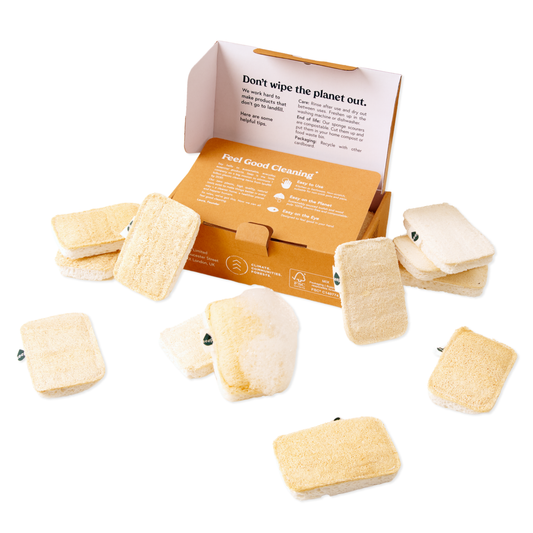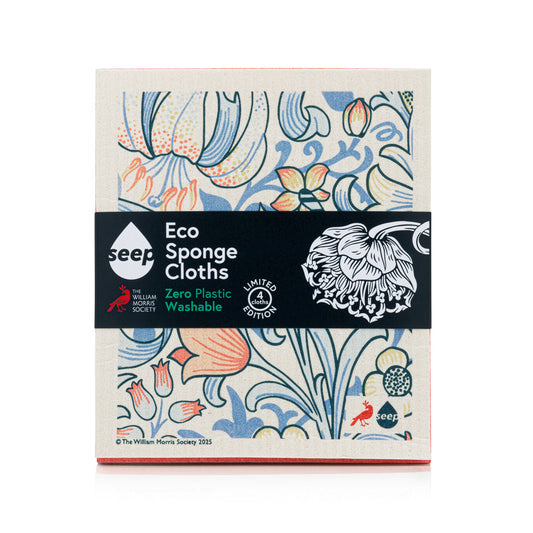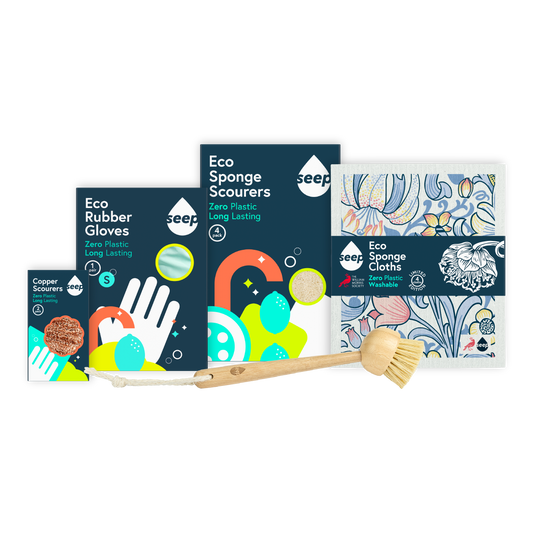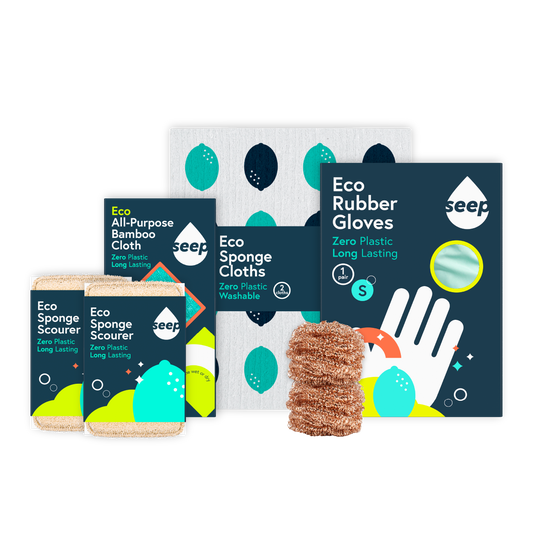
The best compost for house plants is actually good-old home-grown hummus. Not real hummus, but carbon and nutrient-rich scraps from in and out of the house.
It’s really a process of going green to brown to green again before the cycle restarts and you have some stunning blooms brightening up your home.
Here at Seep, we know a thing or two about composting that we wanted to share with you. In fact, it’s one of the reasons we have our popular plant-based compostable bin liners. Take a look if you don’t believe us.
But, we’re really here to share everything there is to know about creating healthy potting compost for house plants:
Why You Should Use Potting Compost for House Plants
House plants can be resilient little things, but they need tender loving food just as much as we do.
In fact, if you were to pot your lilies, orchids, spider plants and other homely greens with outdoor soil, you may find they dry out quickly and begin to wilt. This is because they need very nutrient-rich soil to be able to cosy their roots into and relax while they sprout. So, the best thing to do is to make your own!
Everything You’ll Need to Make Compost at Home
- A metal composting bin
- Horticultural sand
- Newspaper clippings, cardboard shreds or dried leaves
- Plant-based food waste such as banana peel
- Potting soil
- A trowel
- A spray bottle with water
- An under-bin tray
How to Make the All-Time Best Compost for House Plants
- Find yourself a suitable 3L metal composting bin. You should be able to find these in your local garden centre but Amazon has a couple to choose from, too.
- Grab yourself a shallow metal tray larger than the base of your bin. This is to hold all the excess moisture that can drain from your composting bin.
- Using a trowel, scoop in a couple of inches worth of potting soil and horticultural sand into the base of the bin. After all, potting compost for house plants has to start with some sort of initial nutrient-rich environment that can also regulate moisture levels.
- Instead of comedically slipping on them, add your banana peels and other homely scraps into the bin with some carbon-dense materials too. Fallen leaves in the autumn work perfectly but newspaper clippings and cardboard shreds are brilliant alternatives for other seasons!
- Along with your scraps and carbon-rich material, use your spray bottle to add water and keep the moisture levels up. Plus, if you add more potting soil on top, you can keep the nutrients flowing and those scary smells at bay.
- To ensure you’re making the best compost for house plants, you’ll want to use your trowel to turn your compost every week. This makes sure fresh oxygen gets incorporated and the bottom doesn’t become too compacted. Nobody wants compacted compost.
- When the bin is nearly full, that’s your indication it’s time to stop topping up. At this point, just keep the lid on and turn your compost once a week until it forms a consistently black mixture (also known as hummus!).
- Feed your blooms! Just to make sure each root, stem, leaf and petal gets every drop of nutrients you’ve lovingly composted for them, shake away some soil and gently work your homemade potting compost for house plants into the top layer
- For added nutrients, you can consider the art of bokashi composting, which involves fermenting leftover food waste (including fruit and veggie scraps, meat and fish without the bones, coffee grounds, bread etc.) in a compact bokashi bin to produce highly valuable pre-compost. A byproduct of bokashi composting is the bokashi “juice”, which, when diluted with water in a 1:100 ratio, is an extremely beneficial fertiliser for the growth and health of your plants. EvenGreener has a varied selection of bokashi bins to choose from.
And there’s your recipe to make the best compost for house plants. If you want to take your composting adventures a step further and don’t mind having some beneficial critters sharing your home rent-free, try adding some red worms. Simply head to your local pet store and save a container from being a tweety-bird’s dinner and let them crawl around creating nutrient-rich compost. Garden worms can be a free alternative but they can dry out the soil a little and take up a lot more space!
Let us know how you get on in your composting journey with every turn of the week. We’d love to hear about your experiences and if you find any added tips! For example, using the left-over rind from making a two-ingredient cleaning spray to keep things smelling fresh.
Alternatively, if you want to keep learning about all things sustainable in your future, have a read of our other great articles. Such as; “4 Meaningful Ways To Support Sustainable September 2022” and “Sustainable Back To School”.





